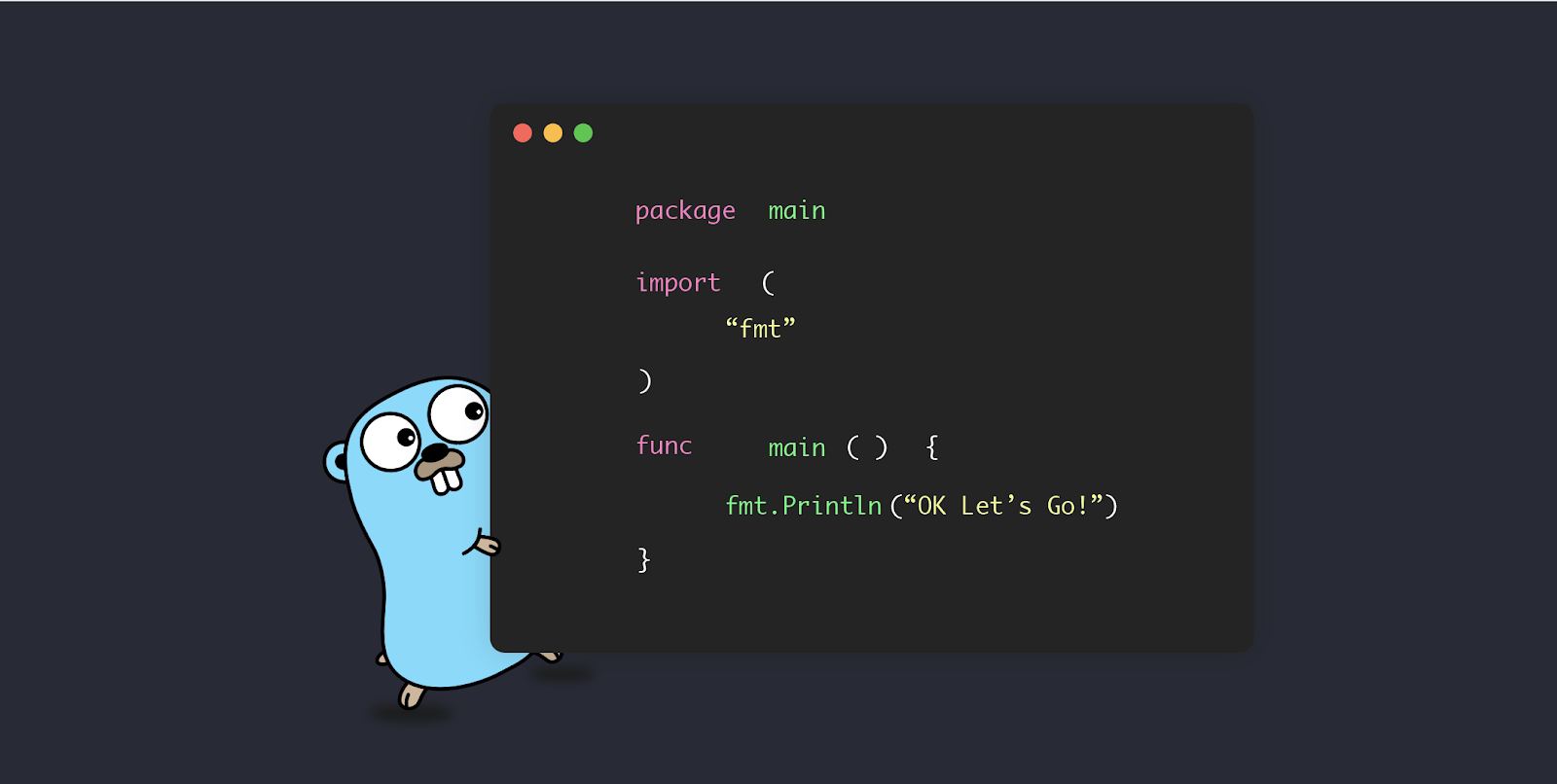7 Clever Tricks Every Developer Should Know every go developer
Go, also known as Golang, has been gaining popularity steadily since its release in 2009. Known for its simplicity, efficiency, and concurrency support, Go has become a favorite among developers for building scalable and reliable applications. However, beneath its straightforward syntax lies a treasure trove of tricks and techniques that can help developers write cleaner, more efficient code. In this blog post, we'll explore seven clever Go tricks that every developer should know.
- Defer Statement for Resource Cleanup:The
deferstatement is a powerful tool in Go for ensuring that certain actions are performed before a function returns. It's commonly used for resource cleanup, such as closing files or releasing locks. By deferring the execution of a function call, developers can ensure that cleanup tasks are always executed, even if the function encounters an error.
gofunc readFile(filename string) (string, error) {
file, err := os.Open(filename)
if err != nil {
return "", err
}
defer file.Close() // Close the file when readFile returns
// Read file contents
}
- Empty Struct for Memory Efficiency:
In Go, an empty struct
{}occupies zero bytes of memory. This property can be leveraged to create data structures that require no storage space but can be used as placeholders or markers.
go// Declare a map with empty struct values
visited := make(map[string]struct{})
// Add items to the map
visited["example.com"] = struct{}{}
- Goroutines and Channels for Concurrency: Go's built-in concurrency primitives, goroutines, and channels, make it easy to write concurrent programs. Goroutines are lightweight threads of execution, while channels facilitate communication and synchronization between goroutines.
gofunc worker(jobs <-chan int, results chan<- int) {
for j := range jobs {
// Do some work
results <- result
}
}
func main() {
jobs := make(chan int)
results := make(chan int)
go worker(jobs, results)
// Send jobs to the worker
close(jobs)
// Receive results from the worker
}
- Custom Error Types for Better Error Handling: In Go, errors are values, and it's common to define custom error types to provide more context about the error. Custom error types can include additional information, such as error codes or error messages specific to the application domain.
gotype MyError struct {
Code int
Message string
}
func (e *MyError) Error() string {
return fmt.Sprintf("Error %d: %s", e.Code, e.Message)
}
- Method Chaining for Fluent Interfaces: Go supports method chaining, allowing developers to call multiple methods on an object in a single line of code. This technique is commonly used to create fluent interfaces that are both concise and expressive.
gopackage main
import "fmt"
type Person struct {
Name string
Age int
Country string
}
func (p *Person) SetName(name string) *Person {
p.Name = name
return p
}
func (p *Person) SetAge(age int) *Person {
p.Age = age
return p
}
func (p *Person) SetCountry(country string) *Person {
p.Country = country
return p
}
func main() {
person := new(Person).
SetName("Alice").
SetAge(30).
SetCountry("USA")
fmt.Println(person)
}
- Embedding for Code Reuse: Go supports a feature called embedding, which allows a struct to inherit fields and methods from another struct. Embedding is useful for code reuse and creating modular, composable types.
gotype Animal struct {
Name string
}
func (a *Animal) Speak() {
fmt.Println("Animal speaks")
}
type Dog struct {
*Animal // Embedding Animal
}
func main() {
dog := &Dog{&Animal{Name: "Fido"}}
fmt.Println(dog.Name) // Accessing embedded field
dog.Speak() // Calling embedded method
}
- Reflection for Runtime Introspection: Go's reflection capabilities enable runtime introspection of types and values. While reflection should be used sparingly due to its performance implications, it can be a powerful tool for tasks like serialization, deserialization, and dynamic method invocation.
gopackage main
import (
"fmt"
"reflect"
)
func main() {
var x float64 = 3.14
fmt.Println("Type:", reflect.TypeOf(x))
fmt.Println("Value:", reflect.ValueOf(x).Float())
}
Conclusion: Go's simplicity and efficiency make it a pleasure to work with, but mastering its nuances can take your coding skills to the next level. By incorporating these clever tricks into your Go toolkit, you'll be better equipped to write clean, efficient, and maintainable code. Whether you're building web servers, command-line tools, or distributed systems, these tricks will help you make the most of the Go programming language.


Nice
ReplyDelete